BIG news: new book explores form and function with Bjarke Ingels
Formgiving. An Architectural Future History, a monograph dedicated to the Bjarke Ingels Group (BIG), published by Taschen, delves into the way the mind of the architect
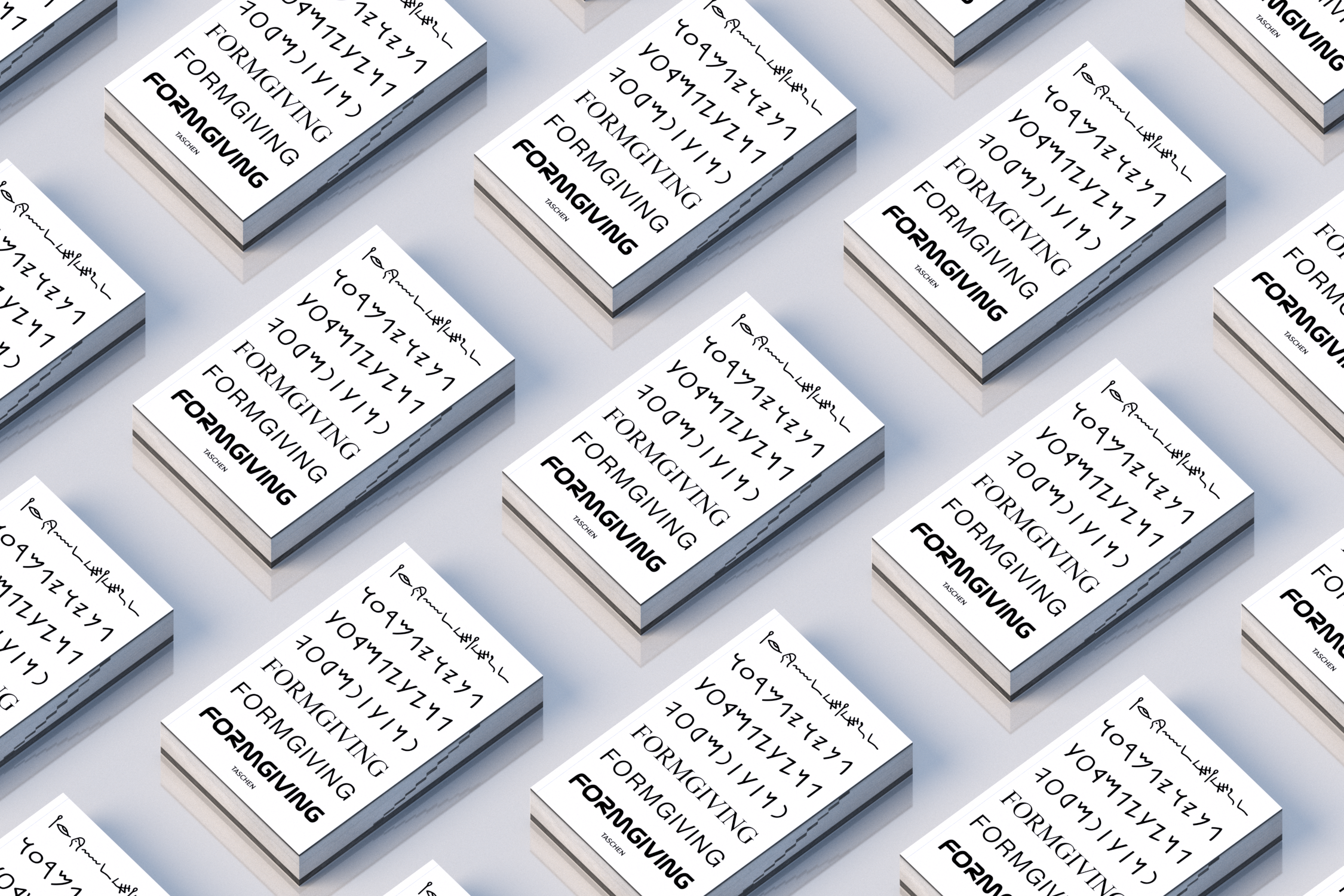
Bjarke Ingels is having one of his moments. On the eve of publication of the Bjarke Ingels Group’s new monograph, Formgiving. An Architectural Future History, the energetic Dane is doing the rounds promoting a book that conveys his firm’s deep streak of technological optimism. BIG’s talent for form-making is cut with a fondness for acronyms and neologisms; the firm exists within a bubble of its own making where every project is a self-contained futuristic utopia, capable of multiple functions within an iconic identity.
A parking garage doubles up as a cultural hub, a museum is also a bridge, an incinerator is an urban park, etc. etc. Formgiving brings together over 100 of these synthesizations, raising, defining and answering a few big questions along the way and continuing a hunger for publishing as way of building an image.

Within the book itself, built and unbuilt projects sit alongside each other, with each project conjuring up a narrative. These are usually along the lines of how BIG’s approach has exploited a hidden facet within the client’s brief to make the final design something more than what it might otherwise have been. Sometimes these aesthetic kinks writ large, like the ‘marble’ façade of the Collegiate Church Tower in Manhattan or the jumbled Jenga floorplans of Frankfurt’s Omniturm Tower or the playful pile of LEGO for the blockmaker’s Copenhagen community hub.
RELATED STORY
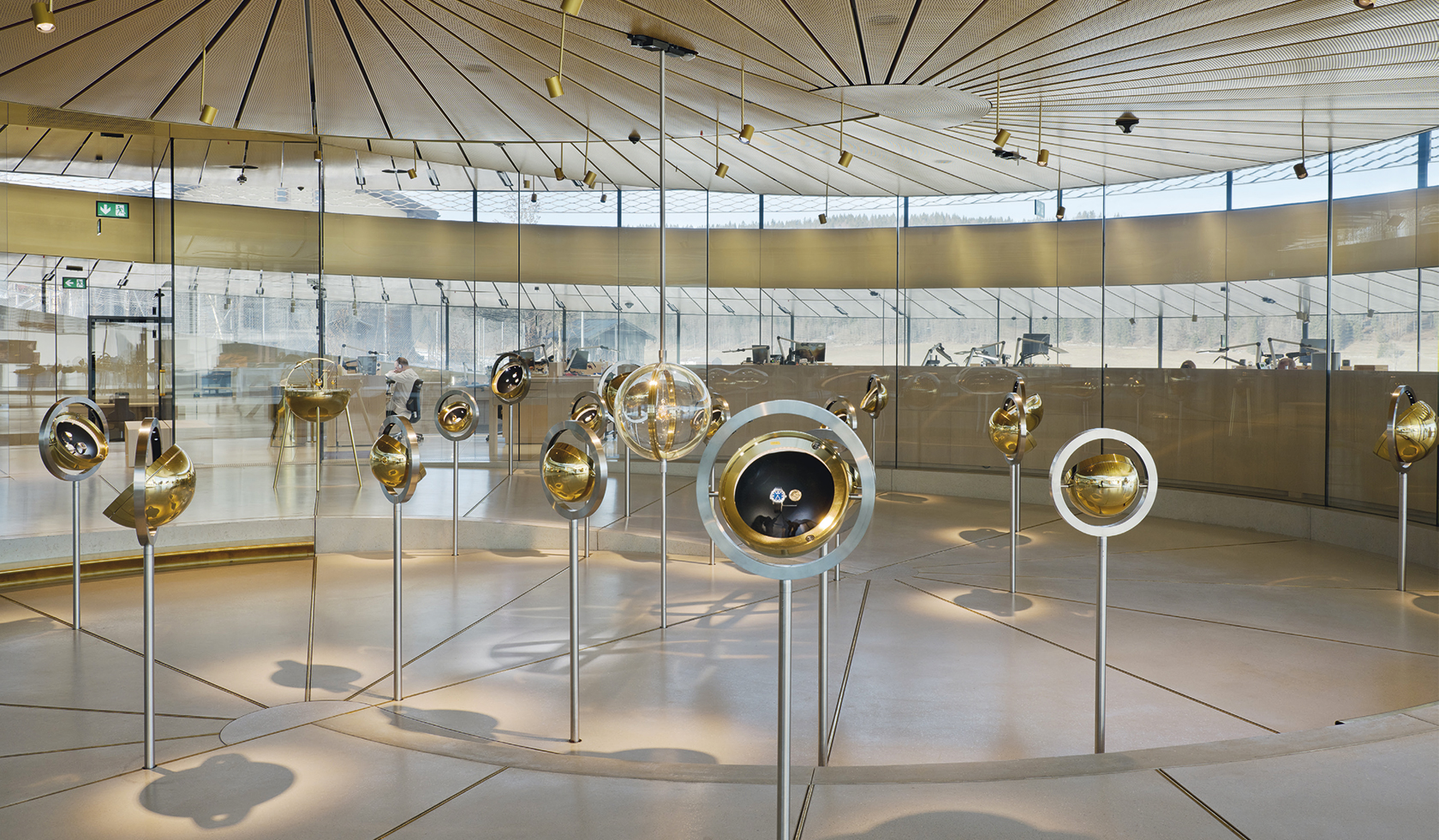
The typical Bjarke Ingels building subverts its genre, pushing our preconceptions of cookie cutter Modernism with an audacious twist or skew. The firm’s most successful works tend to be low-rise, the point at which landscape and architecture blend together. The remarkable Tirpitz Museum in Denmark splinters a WWII Nazi bunker into the dunes it once dominated, shining light into what was once a very dark corner of the country’s history.
The popularity of big gestures – as opposed to BIG gestures – waxes and wanes with the economic climate, and like many architects of the post-Koolhaas generation, the sophistication of BIG’s visuals often accelerates past such practicalities as detail or nuance. Bjarke Ingels and his team of over 500 architects continue to make a substantial mark on the world. Every now and again, something of the freewheeling spirit and audacity of Ingels’s early work shines through, especially in the projects that fuse landscape with infrastructure. The talents that appeal so much to ultra-short corporate attention spans work better when they’re given space to breathe.
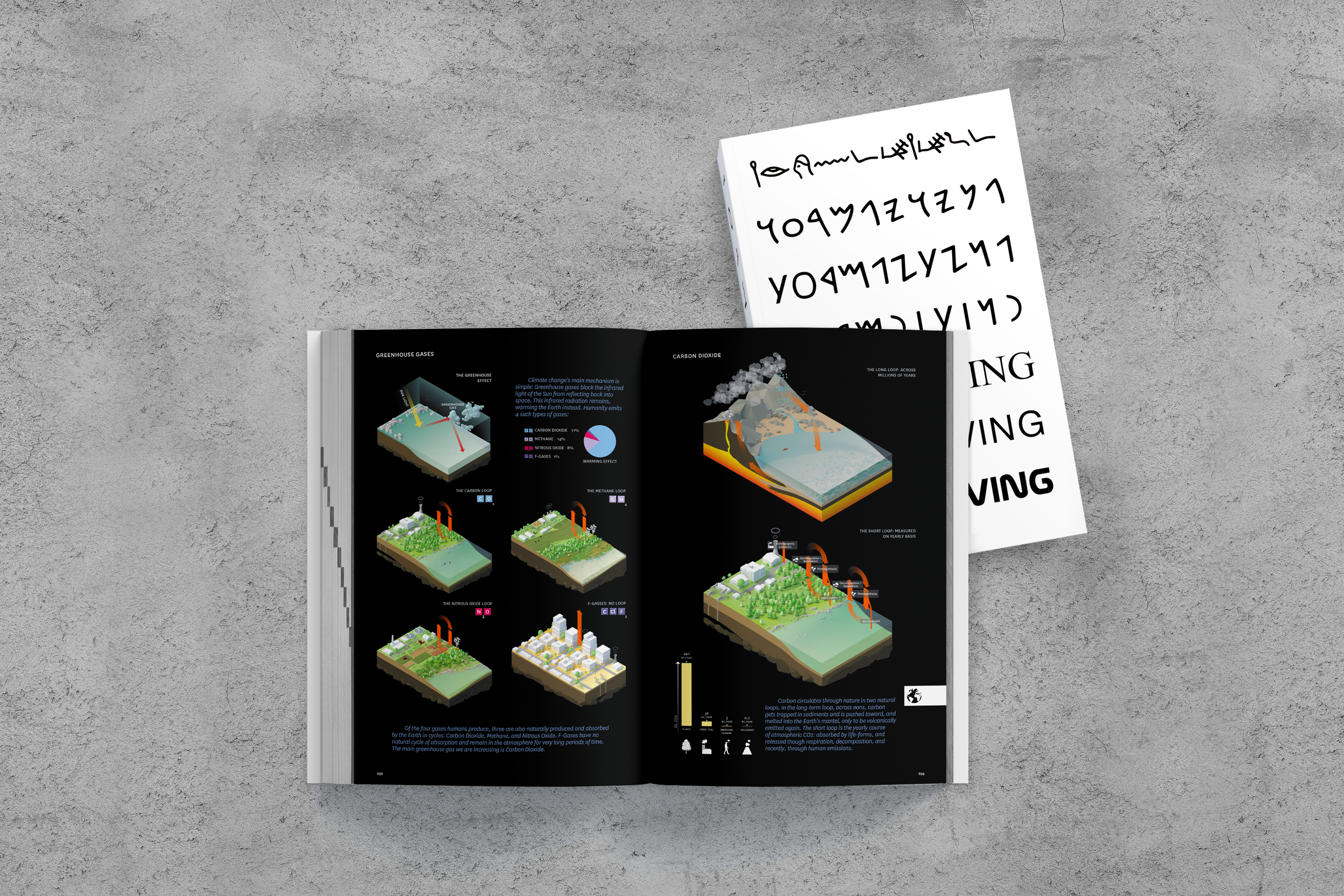

INFORMATION
BIG - Formgiving. An Architectural Future History, Taschen, £40
Receive our daily digest of inspiration, escapism and design stories from around the world direct to your inbox.
Jonathan Bell has written for Wallpaper* magazine since 1999, covering everything from architecture and transport design to books, tech and graphic design. He is now the magazine’s Transport and Technology Editor. Jonathan has written and edited 15 books, including Concept Car Design, 21st Century House, and The New Modern House. He is also the host of Wallpaper’s first podcast.
-
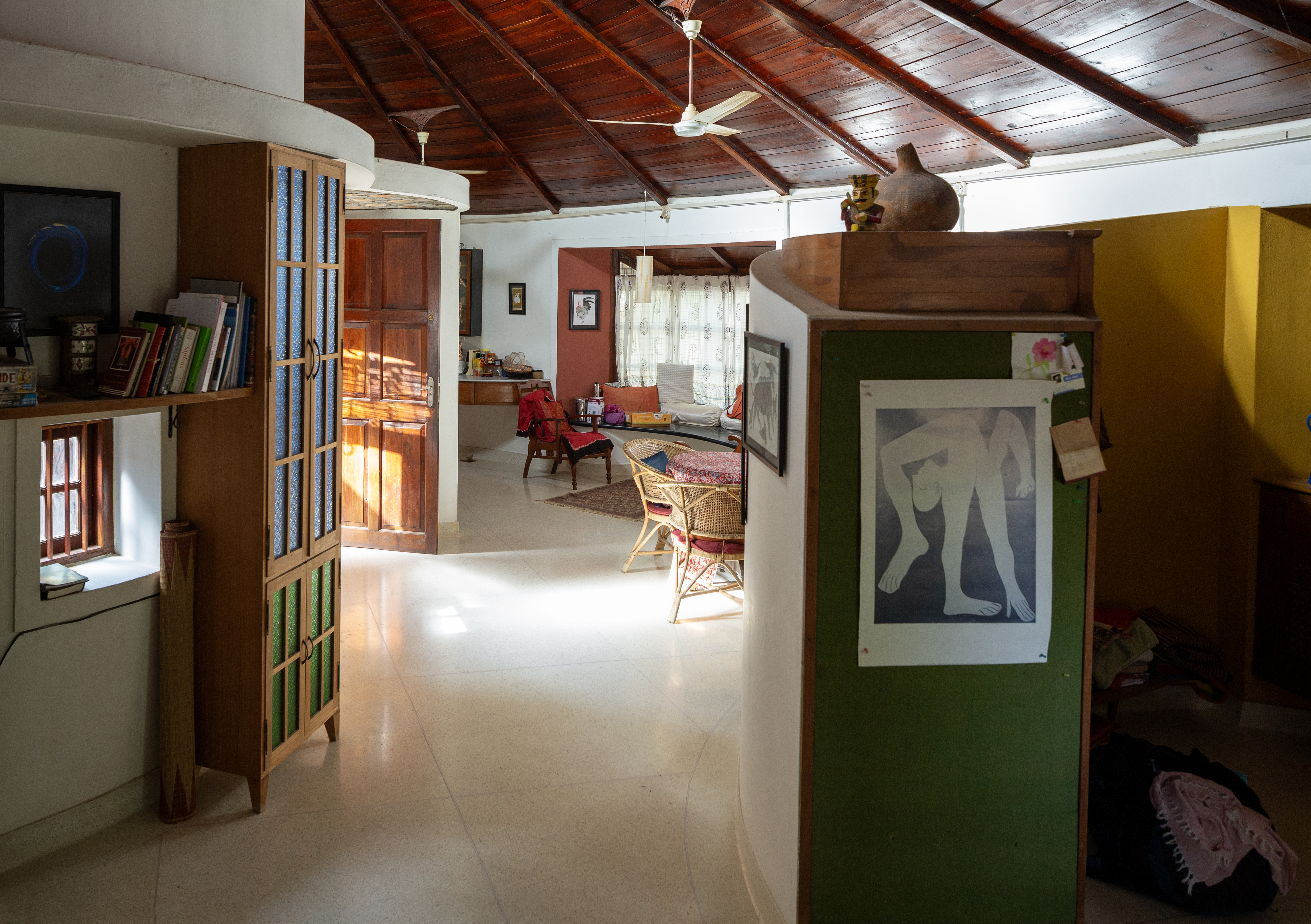 Inside a creative couple's magical, circular Indian home, 'like a fruit'
Inside a creative couple's magical, circular Indian home, 'like a fruit'We paid a visit to architect Sandeep Virmani and social activist Sushma Iyengar at their circular home in Bhuj, India; architect, writer and photographer Nipun Prabhakar tells the story
-
 Ten of the best track jackets for channelling a 1970s-meets-1990s cool
Ten of the best track jackets for channelling a 1970s-meets-1990s coolAs a ‘Marty Supreme’ track jacket makes a bid for viral garment of 2025 – thanks to one Timothée Chalamet – the Wallpaper* style team selects ten of the best tracksuit and coach jackets for men and women, each encapsulating an easy, nostalgia-tinged elegance
-
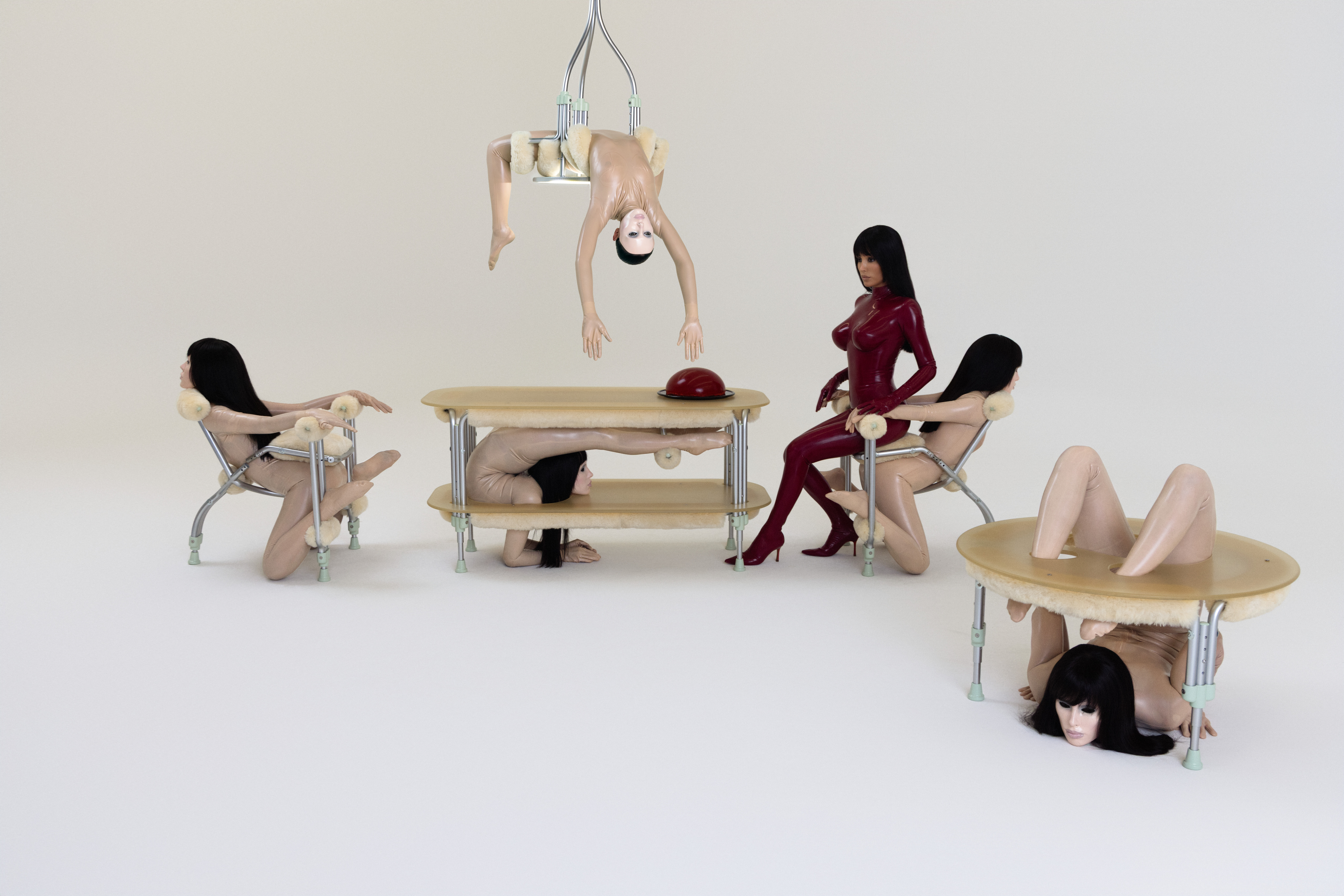 Eight questions for Bianca Censori, as she unveils her debut performance
Eight questions for Bianca Censori, as she unveils her debut performanceBianca Censori has presented her first exhibition and performance, BIO POP, in Seoul, South Korea
-
 David Kohn’s first book, ‘Stages’, is unpredictable, experimental and informative
David Kohn’s first book, ‘Stages’, is unpredictable, experimental and informativeThe first book on David Kohn Architects focuses on the work of the award-winning London-based practice; ‘Stages’ is an innovative monograph in 12 parts
-
 In the heart of Basque Country, Bjarke Ingels unveils a striking modular building devoted to culinary research
In the heart of Basque Country, Bjarke Ingels unveils a striking modular building devoted to culinary researchSee what the architect cooked up for the Basque Culinary Center in San Sebastián, Spain
-
 Explore Tom Kundig’s unusual houses, from studios on wheels to cabins slotted into boulders
Explore Tom Kundig’s unusual houses, from studios on wheels to cabins slotted into bouldersThe American architect’s entire residential portfolio is the subject of a comprehensive new book, ‘Tom Kundig: Complete Houses’
-
 A new photo book explores the symbolic beauty of the Japanese garden
A new photo book explores the symbolic beauty of the Japanese garden‘Modern Japanese Gardens’ from Thames & Hudson traces the 20th-century evolution of these serene spaces, where every element has a purpose
-
 Discover Bjarke Ingels, a modern starchitect of 'pragmatic utopian architecture'
Discover Bjarke Ingels, a modern starchitect of 'pragmatic utopian architecture'Discover the work of Bjarke Ingels, a modern-day icon and 'the embodiment of the second generation of global starchitects' – this is our ultimate guide to his work
-
 Modernist Travel Guide: a handy companion to explore modernism across the globe
Modernist Travel Guide: a handy companion to explore modernism across the globe‘Modernist Travel Guide’, a handy new pocket-sized book for travel lovers and modernist architecture fans, comes courtesy of Wallpaper* contributor Adam Štěch and his passion for modernism
-
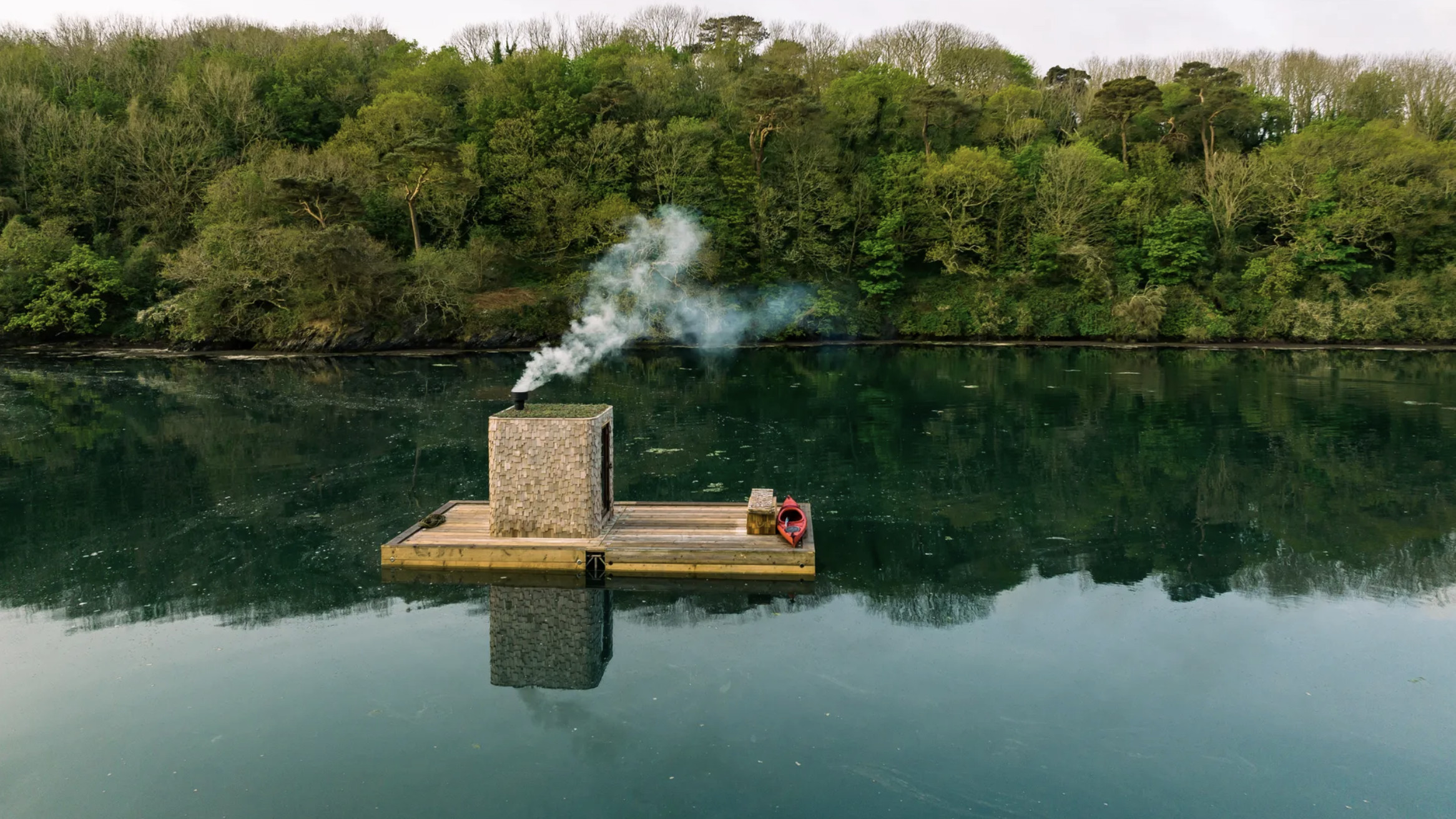 Wild sauna, anyone? The ultimate guide to exploring deep heat in the UK outdoors
Wild sauna, anyone? The ultimate guide to exploring deep heat in the UK outdoors‘Wild Sauna’, a new book exploring the finest outdoor establishments for the ultimate deep-heat experience in the UK, has hit the shelves; we find out more about the growing trend
-
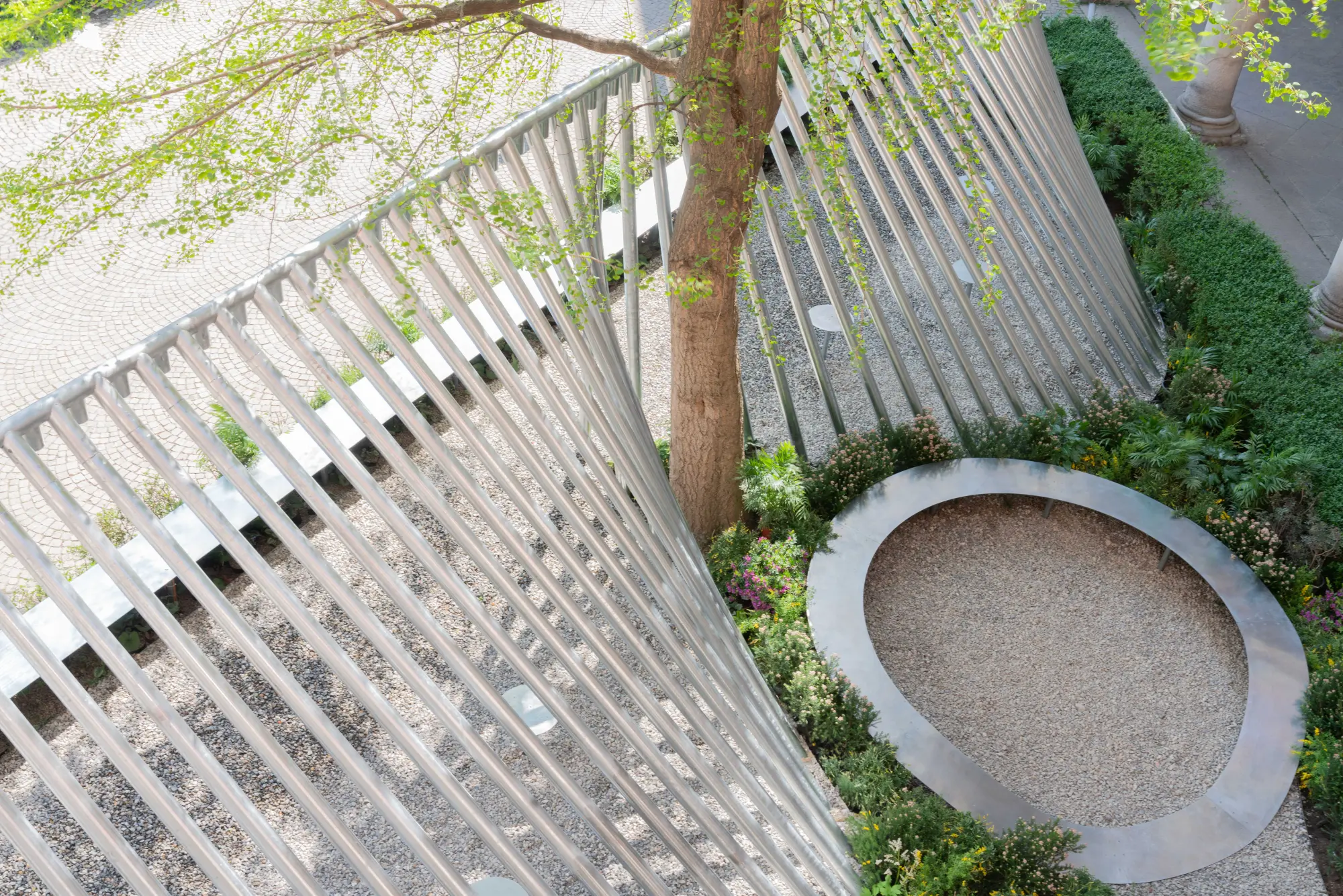 Milan Design Week: ‘A Beat of Water’ highlights the power of the precious natural resource
Milan Design Week: ‘A Beat of Water’ highlights the power of the precious natural resource‘A Beat of Water’ by BIG - Bjarke Ingels Group and Roca zooms in on water and its power – from natural element to valuable resource, touching on sustainability and consumption